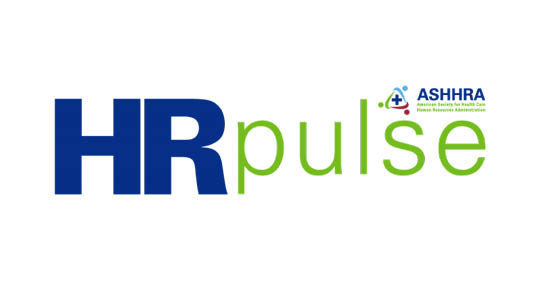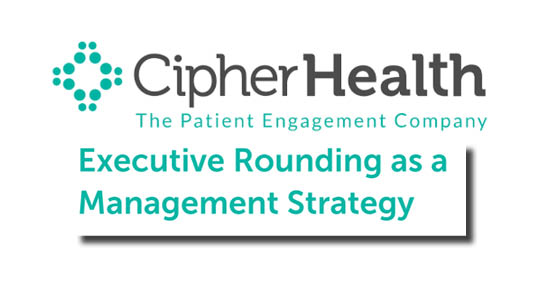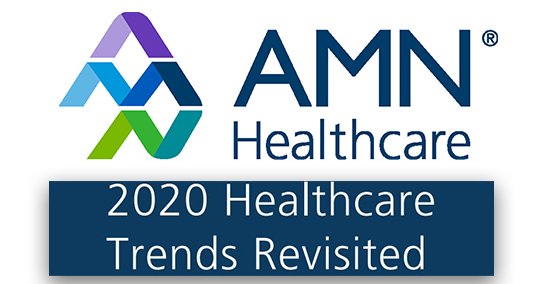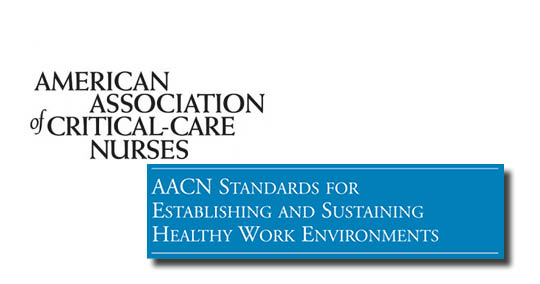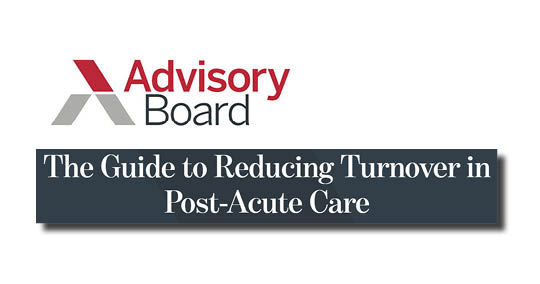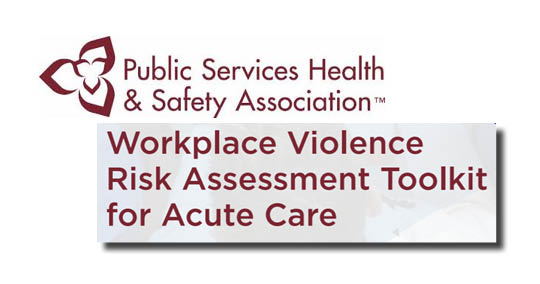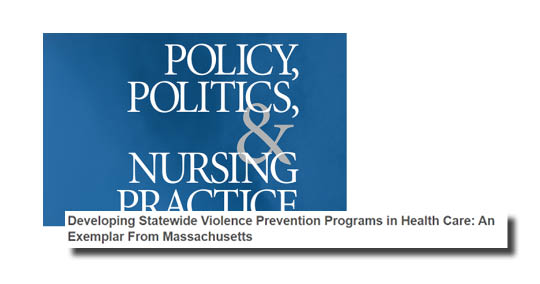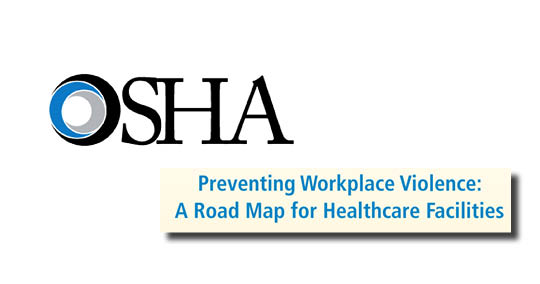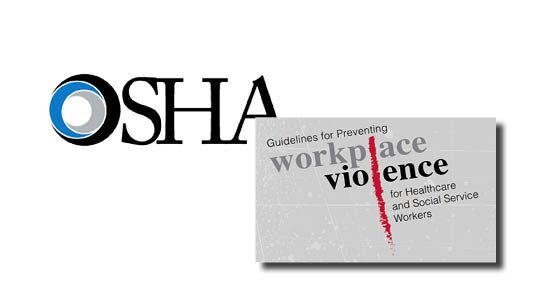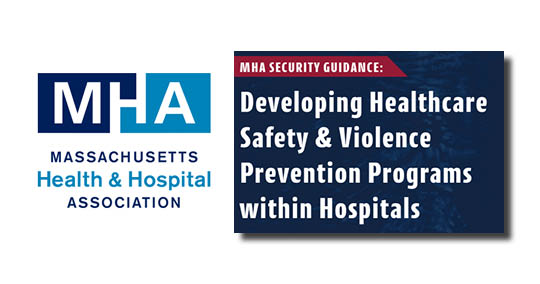The complex radiology department at Mayo Clinic includes 1,200 employees, 200 physicians and physicists, 80 work units and 14 specialty divisions. To understand the diverse perspectives to cultivate joy in the workplace, various employees met to discuss practical interventions that could be deployed to improve employee joy at work.
Author: admin
Cipher Health, Health Executive Rounding as a Management Strategy: Drive Patient Satisfaction and Staff Engagement by Creating a Culture of Rounding
Purposeful rounding, which occurs when nursing staff members carry out patient rounds whilst demonstrating behaviors that offer empathy, deep listening, and understanding, is a proactive way to promote quality care and patient safety. It is widely considered an effective method for building relationships and trust in addition to meeting a patient’s physical needs.
AMN Healthcare White Paper, 2020 Healthcare Trends Revisited
Late 2019 survey responses from nearly 700 executives, physicians and nurses supplemented by independent research. The pandemic’s direction and duration remain uncertain. To assist leaders in planning for the future, this update revisits the earlier report to assess what impact the crisis has had on the original ten trends.
American Association of Critical-Care Nurses, AACN Standards for Establishing and Sustaining Healthy Work Environments: A Journey to Excellence, 2nd Edition
For more than 3 decades, AACN has advocated for principles such as interprofessional collaboration and effective leadership that are essential to healthy work environments. The standards in this document extend this legacy and support the National Academy of Medicine’s declaration that nurses are uniquely positioned to play an integral role in the transformation of healthcare.
Advisory Board, The Guide to Reducing Turnover in Post-Acute Care: Strategies to Improve Employee Retention
Given the unique demands of working in post-acute care, it’s no surprise that the average turnover rate in skilled nursing facilities and home health agencies is high—69% and 32%, respectively. This guide will provide you with the tools and strategies you need to reduce staff turnover—from hiring the right people to identifying and re-recruiting staff ready to depart.
Public Services Health & Public Safety Association, Workplace Violence Risk Assessment Toolkit for Acute Care
The Workplace Violence Risk Assessment Toolkit for Acute Care contains a detailed hazard assessment designed to help either the acute-care or long-term-care workplace.
Policy, Politics & Nursing Practice, Developing Statewide Violence Prevention Programs in Health Care: An Exemplar From Massachusetts
Workplace violence is on the rise in health care. This problem contributes to medical errors, ineffective delivery of care, conflict and stress among health professionals, and demoralizing and unsafe work conditions. The purpose of this article is to report on the quality and safety improvement work that has been done statewide by the Massachusetts Health & Hospital Association and to provide a roadmap for other organizations and systems at the local, regional, or state level to replicate the improvement process.
OSHA, Preventing Workplace Violence: A Road Map for Healthcare Facilities
OSHA has developed this resource to assist healthcare employers and employees interested in establishing a workplace violence prevention program or strengthening an existing program. Examples have been drawn from about a dozen healthcare organizations nationwide, representing a range of facility types, sizes, geographic settings, and approaches to addressing workplace violence.
OSHA, Guidelines for Preventing Workplace Violence for Healthcare and Social Service Workers
Healthcare and social service workers face significant risks of job-related violence and it is OSHA’s mission to help employers address these serious hazards. This publication updates OSHA’s 1996 and 2004 voluntary guidelines for preventing workplace violence for healthcare and social service workers. OSHA’s violence prevention guidelines are based on industry best practices and feedback from stakeholders and provide recommendations for developing policies and procedures to eliminate or reduce workplace violence in a range of healthcare and social service settings.
Massachusetts Health & Hospital Association, Security Guidance: Developing Healthcare Safety & Violence Prevention Programs within Hospitals
In response to concerns regarding the increased risk of violence in healthcare settings, the Massachusetts Health and Hospital Association (MHA) formed a Workplace Safety and Violence Prevention Workgroup composed of a diverse group of hospital staff including, but not limited to, healthcare security professionals, nursing leadership, and legal counsel. The workgroup developed the following guidance to provide an understanding of the current best practices being used across Massachusetts hospitals with the goal of providing a framework for an effective healthcare violence prevention program.

